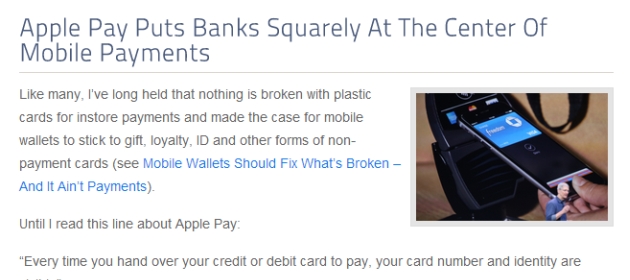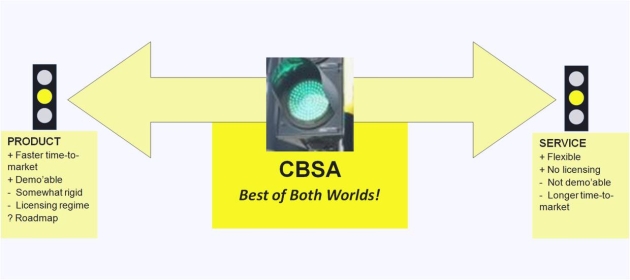Top 10 Blog Posts of 2014
Welcome to the first blog post of 2015! The Top 10 posts of 2014 were: #10: Big Pharma Turns To CEM For Cure #9: Did Google Acquire FeedBurner Minus The CAPTCHA? #8: How To Make Co-Creation Work? #7: Retail Is Barking Up The Wrong Tree Against Ecommerce #6: Does CX Really Drive Sales? #5: How To Lie With Big Data #4: Frictionless … Read more









